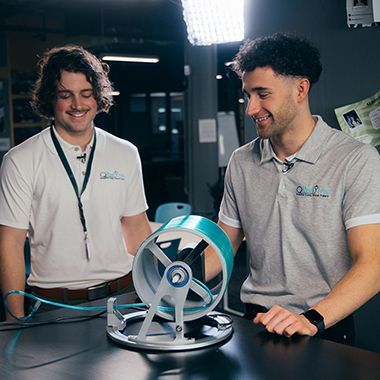Fields of breeders' dreams: A team effort toward targeted crop improvements
Michigan State University plant biologist David Lowry is part of a study that examines the use of switchgrass in fighting climate change to improve crop growth.
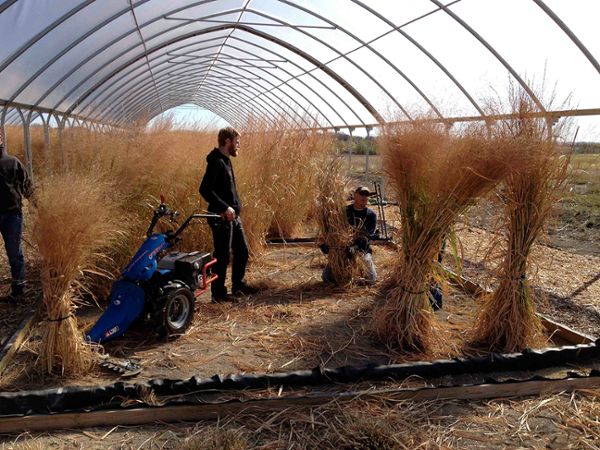
Going against gardening advice are 10 identical plots located in eight states spread across 1,100 miles. These gardens are all growing the exact same 700-odd switchgrass (Panicum virgatum) plants, sourced from half the country and clonally propagated, to help assess the plant’s adaptability to various environmental conditions. Switchgrass is a perennial grass that quickly and easily grows to more than twice the height of basketball star LeBron James in a variety of soils and water conditions.
As reported Jan. 27, 2021, in Nature, the team led by researchers at the University of Texas at Austin, the Hudson Alpha Institute for Biotechnology and the U.S. Department of Energy (DOE) Joint Genome Institute (JGI), a DOE Office of Science user facility located at Lawrence Berkeley National Laboratory, has produced a high-quality reference sequence of the complex switchgrass genome using samples collected at these gardens.
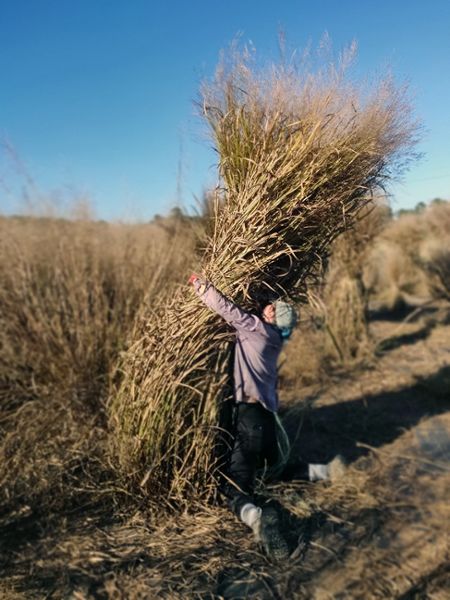
Building off this work, researchers at all four DOE Bioenergy Research Centers — the Great Lakes Bioenergy Research Center, the Center for BioEnergy Innovation, the Center for Advanced Bioenergy and Bioproducts Institute and the Joint BioEnergy Institute — have expanded the network of common gardens and are exploring improvements to switchgrass through more targeted editing and to customize the crop for additional end products.
The common gardens began nearly a decade ago with a proposal from UT-Austin’s Tom Juenger, a longtime JGI collaborator and a senior author on this study. The use of switchgrass as a feedstock for biomass-based fuels was initially fostered by DOE’s Bioenergy Research Centers, which initiated the sequencing of the switchgrass genome.
DOE’s Billion Ton Report, identified potential switchgrass production areas across the U.S., guiding the location of the common gardens. “Gardeners fully understand that when you move plants outside of their native habitat or cold hardiness zones, they have different performance,” Juenger said. “The novelty here is that we’re trying to actually figure out what's causing those differences rather than just observing them. Can we quantify them? Can we tie them to the genome? We can use common garden plantings of clonally propagated plants to address these questions.”
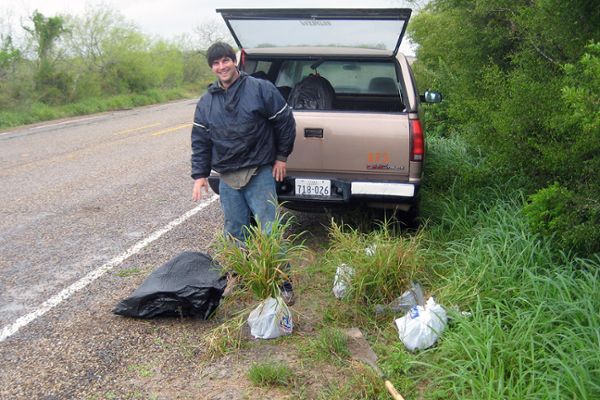
Multiple collection methods were applied to gather the diversity of switchgrass plants represented in the gardens.
“Tom gave me a truck and I drove all over Texas with a shovel,” recalled study co-author David Lowry, an assistant professor in the Department of Plant Biology in the College of Natural Science, who started as a postdoctoral fellow in the Juenger lab and continues to work on the project from a lab at Michigan State that is affiliated with the GLBRC. Additional samples came from U.S. Department of Agriculture stock centers, collaborators and collections at other field sites. “This paper is a combination of really cutting-edge genomics and genetic analysis with large scale data collection,” he added.
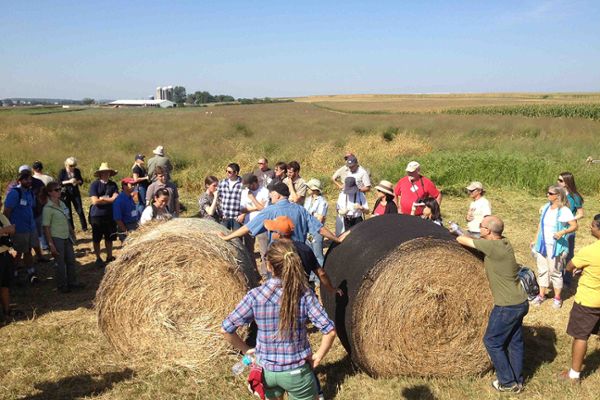
The switchgrass genotypes that were planted into the common gardens were sequenced and assembled by the JGI, allowing the research team to conduct association mapping, linking genes to traits. One of the team’s findings is that the performance of switchgrass across the garden sites depended on the origin or collection location of the individual switchgrass plants. They were able to identify many regions in the switchgrass genome that are associated with genetic differences that lead to productivity in different environments. Plants had their highest performance when grown in gardens with climates most similar to their collection location. While not surprising, the result highlights the importance of local adaptation to climate in perennial grasses. A breeder could look at these genome regions as targets to improve yields under specific climates.
Sourcing plants from so many parts of the country also helped the team understand why some switchgrass plants from the Northeast have traits similar to those from the Midwest, even though their genomes were very different.
To read the original release in full: https://jgi.doe.gov/fields-of-breeders-dreams-switchgrass-team-effort-targeted-crop-improvements/
A Genome Insider podcast episode featuring Tom Juenger and David Lowry and complementing the recent Nature paper is also now out. You can listen to the episode titled, "Exploring the Diversity of the American Prairie’s Switchgrass," here.
Banner image: Aerial photo of the switchgrass diversity panel late in the 2020 season at the W. K. Kellogg Biological Station in Michigan. Credit: Robert Goodwin
